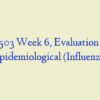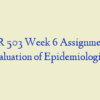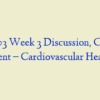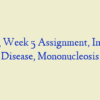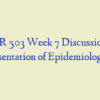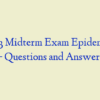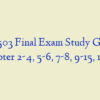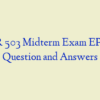Description
NR 503 Key Concept and Relative Risk Calculation Answer Key
- Define Primary, Secondary, and Tertiary prevention.
- Define the following:
- Clinical Disease
- Preclinical Disease
- Subclinical Disease
- Persistent (Chronic) Disease
- Latent Disease
- Match the following terms with their definition:
- Pandemic
- Endemic
- Common-Vehicle Exposure
- Epidemic
- Herd Immunity
- What is the one medical advance that is associated with the Black Death in Europe in the late 1300’s?
- Define, through a fractional representation, what attack rate is.
- After a large wedding reception several people develop symptoms of acute gastroenteritis. It appeared to be tied to eating a specific seafood salad sered. Using the following 2 by 2 table, numerically represent the attack rate for wedding attendies who ate the seafood salad
- Define the following: active surveillance, passive surveillance, incidence rate, and prevalence rate.
- What are two reasons that the prevalence rate of a disease I a community could decrease?
- What are age adjusted death rates used for? nr 503 key concept
- Name and define measures of mortality as fractional representations
- The population in the city of Springfield, Missouri in March, 2014 was 200,000.
- The number of new cases of HIV was 28 between January 1 and June 30th 2014.
- The number of current HIV cases was 130 between January 1 and June 30th 2014.
- In a North African country with a population of 5 million people, 50,000 deaths occurred during 2014. These deaths included 5,000 people from malaria out of 10,000 persons who had malaria.
- What was the total Annual Mortality Rate for 2014 for this country?
- What-was the cause-specific mortality rate from malaria?
- What was the case-fatality percent from malaria? nr 503 key concept
- Fill in and total the 4 X 4 table for the following disease parameters:
- Total number of people with lung cancer in a given population = 120
- Total number of people with lung cancer who smoked = 90
- Total-number of people with lung cancer who did not smoke = 30
- Total number of people who smoked = 150
- Total number of people in the population = 350
- Fill in the missing parameters based on the above.
- From Question 13, what is the total number of people with no lung cancer?
- From question 13, what is the total number of people who smoked, but did not have lung cancer?
- Calculate the relative risk based on the table in #13
- A physical examination was used to screen for breast cancer in 2,500 women with biopsy-proven adenocarcinoma of the breast and in 5,000 age- and race-matched control women. The results of the physical examination were positive (i.e., a mass was palpated) in 1,800 cases and in 800 control women, all of whom showed no evidence of cancer at biopsy.
- The sensitivity of the physical examination was
- The specificity of the physical examination was:
- The positive predictive value of the physical examination was
- The Hemoccult test has a sensitivity of 70% and a specificity of 75%. If Nottingham has a prevalence of 12/1,000 for colon cancer, what is the positive predictive value of the test?





